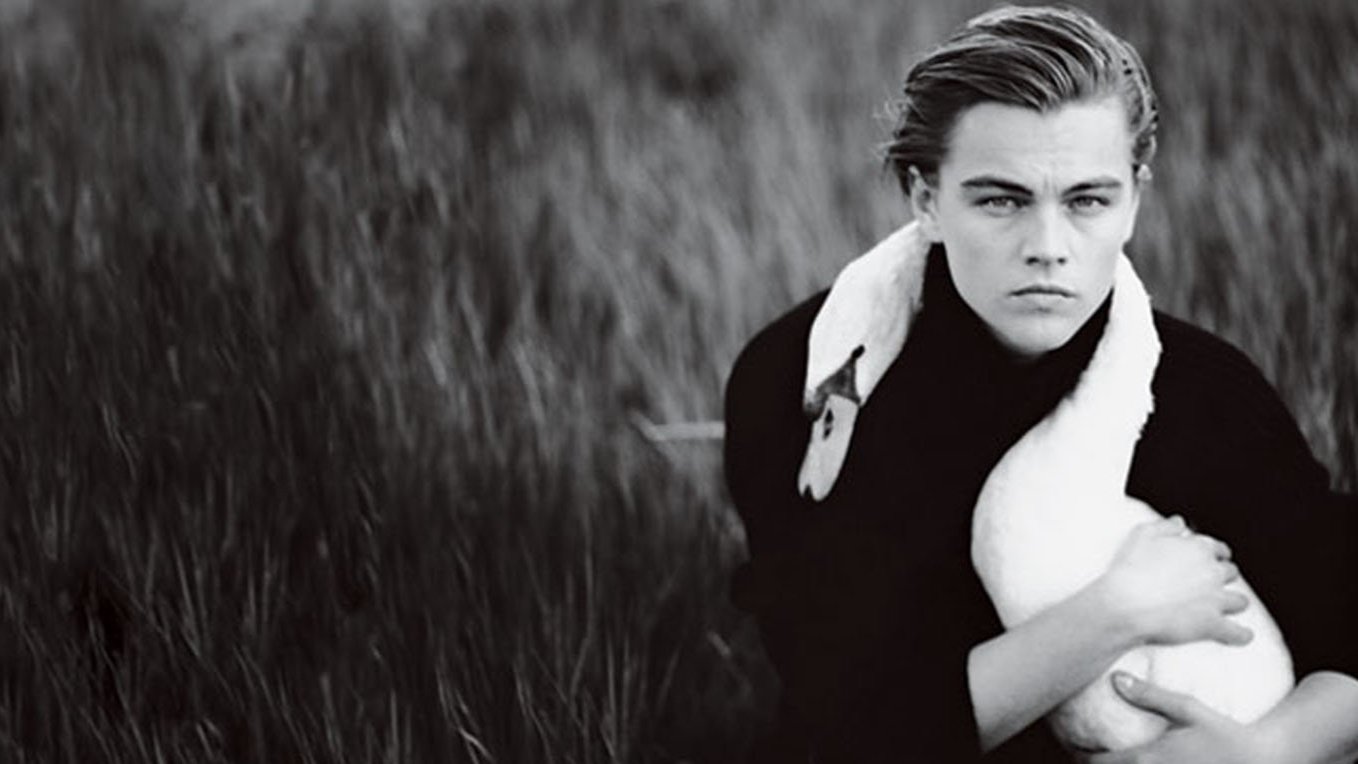Christopher Anderson
"The camera is just a tool; the real magic happens when the photographer can find the humanity in their subjects."
Christopher Anderson (website) is a renowned documentary photographer, best known for his intimate and emotive visual storytelling. A member of the prestigious Magnum Photos agency since 2005, Anderson's work spans photojournalism, portraiture, and fine art photography, and has been featured in numerous publications and exhibitions worldwide. His distinctive style and approach to documentary photography continue to inspire and influence generations of photographers.
Early Life and Career
Born in 1970 in Canada, Christopher Anderson grew up in Texas and later attended the University of Texas at Austin, where he studied journalism. He began his career as a freelance photographer, covering news events and human interest stories around the world. Anderson first gained recognition for his poignant coverage of the 1999 conflict in Kosovo, followed by his powerful images of the 2000 sinking of the Kursk submarine in Russia.
Anderson's breakthrough project, "Son," documented the birth and early life of his son, offering an intimate look at fatherhood and family life. This deeply personal work garnered widespread acclaim and led to the publication of his first monograph in 2003.
Photographic Style and Techniques
Christopher Anderson's photography is characterized by its emotional depth, empathy, and humanity. His images often focus on the personal and emotional aspects of his subjects, revealing their vulnerability and inner strength. Anderson's ability to capture the essence of a person or situation is what sets him apart from many of his contemporaries.
Anderson's approach to documentary photography is immersive, often spending significant amounts of time with his subjects to build trust and gain a deeper understanding of their lives. His use of natural light and shadow, along with his keen eye for composition, further enhances the emotional impact of his images.
Career Highlights
Throughout his career, Christopher Anderson has been recognized with numerous awards and honors, including the 2001 Robert Capa Gold Medal for his work in Afghanistan and the 2007 World Press Photo award for his series on the Israeli-Hezbollah conflict.
Some notable projects by Anderson include:
"Capitolio" (2009), a visual exploration of Venezuela under Hugo Chávez's rule
"Stump" (2014), a series of portraits of American politicians during the 2012 presidential campaign
"Approximate Joy" (2018), a collection of intimate portraits that reflect on the human condition
Photography Gear
Christopher Anderson is known to prefer compact, unobtrusive cameras that allow him to work closely with his subjects. Some of his preferred gear includes:
Leica M-Series cameras, valued for their compact size and outstanding image quality
A variety of prime lenses, such as the Leica Summicron 35mm, which offer a natural perspective and excellent low-light performance
Photography Books
"Christopher Anderson: Capitolio" is a cinematic journey through the upheavals of contemporary Caracas, Venezuela. This book presents a poetic and politicized vision of a city and country ripping apart at the seams under popular unrest. Anderson captures the chaotic intermingling of violence and sensuality in a largely unreported environment, providing a unique perspective on a tumultuous situation.
In "Christopher Anderson: Stump", Anderson showcases his influential political photography with rare behind-the-scenes access to the inner workings of American political theater. This collection features color and black-and-white photographs from recent campaign trails, scrutinizing the rhetorical masks of politicians and audience members alike. The images, when removed from the context of reportage, accumulate a mesmerizing quality that is both frightening and hilarious.
"Christopher Anderson: Bleu Blanc Rouge" presents Anderson's playful series of color photographs taken throughout the United States, France, Italy, Spain, and Germany. This magazine-like style book encourages readers to locate recurring visual elements, showcasing Anderson's skill in capturing portraits, candid moments, and still lifes.
"Marion" marks the closing chapter of a trilogy of books by Christopher Anderson, chronicling his life and love with his wife Marion. These deeply personal photographs began as a natural action to capture and preserve fleeting moments in their relationship. The images, seen as expressions of love, have become Anderson's life's work, and offer intimate insights into the passing of time and the depth of their partnership.
"PIA" can be considered the spiritual sequel to Anderson's earlier book, SON. Set against the backdrop of the family's return to Paris, this book features Anderson's daughter, Pia, as the protagonist and muse. The images depict a father-daughter relationship as well as a photographer-subject collaboration, with Pia taking control of her character. The passage of time in these photographs is accompanied by a sense of melancholy and a declaration of hope.
Quotes
“It is not about cameras; it's about how you use them to create something meaningful."
"For me, the power of photography lies in its ability to make us feel and connect with others."
"The camera is just a tool; the real magic happens when the photographer can find the humanity in their subjects."
"Photography should be about finding the extraordinary within the ordinary."
"I believe in the power of images to reveal truths and evoke emotions that can lead to understanding and empathy."
Legacy and Influence
Christopher Anderson's impact on the world of documentary photography is immense. His empathetic and intimate approach to storytelling has resonated with photographers and viewers alike, inspiring many to explore the emotional depths of their subjects. Anderson's work has drawn comparisons to other renowned photographers, such as Diane Arbus, Robert Frank, and Mary Ellen Mark, who also sought to unveil the humanity and vulnerability of their subjects.
Through his captivating images, Christopher Anderson has broadened the scope of documentary photography, challenging the traditional boundaries between photojournalism, portraiture, and fine art. His unique perspective and ability to connect with his subjects will continue to inspire future generations of photographers, leaving an indelible mark on the world of photography.
















Christopher Anderson's Pia is a wonderful example of transforming and evolving the photos of your loved ones into something more than the generic family portraits. It is a gem I have recently discovered, and it has continued to inspire me ever since.